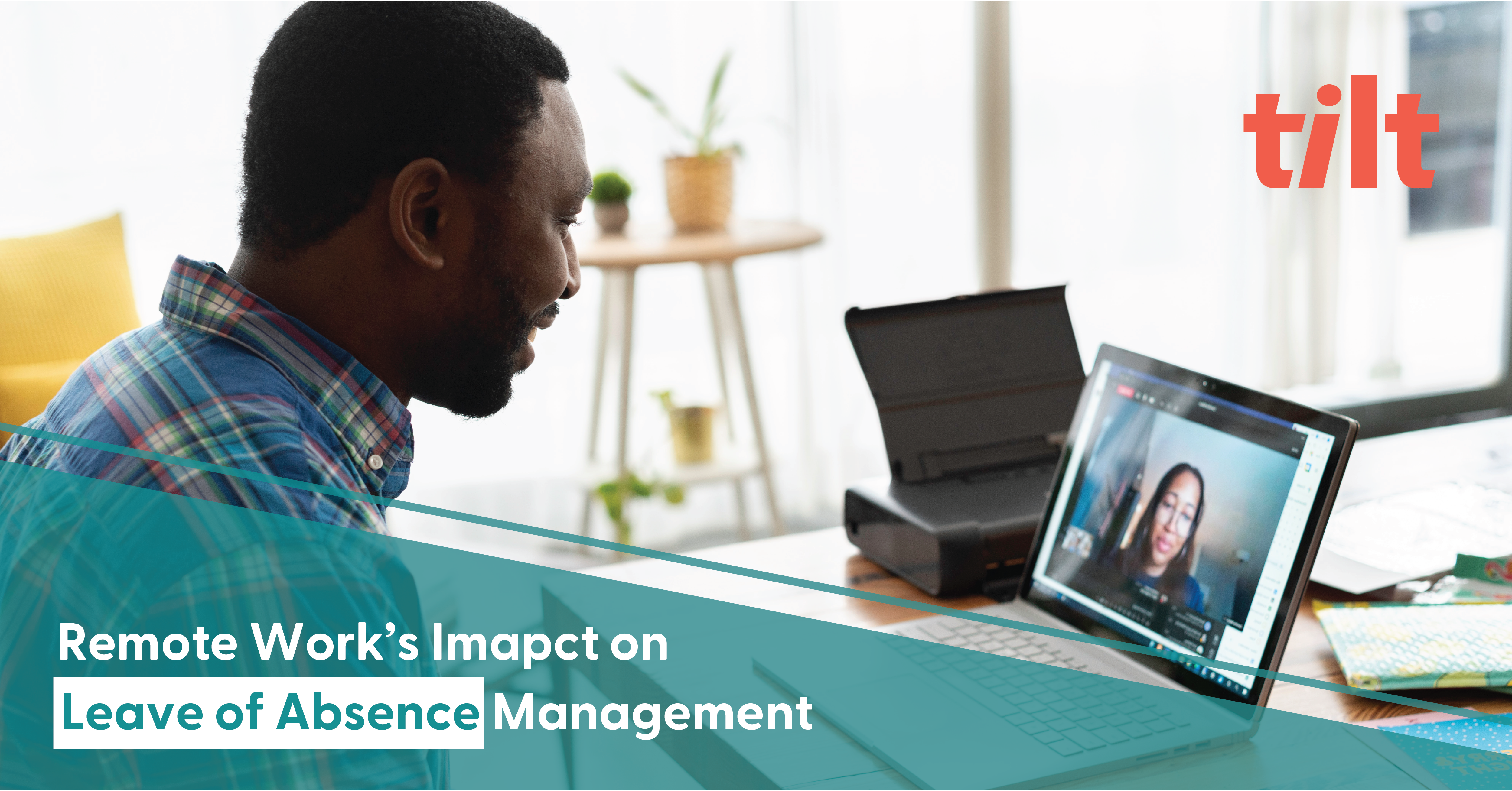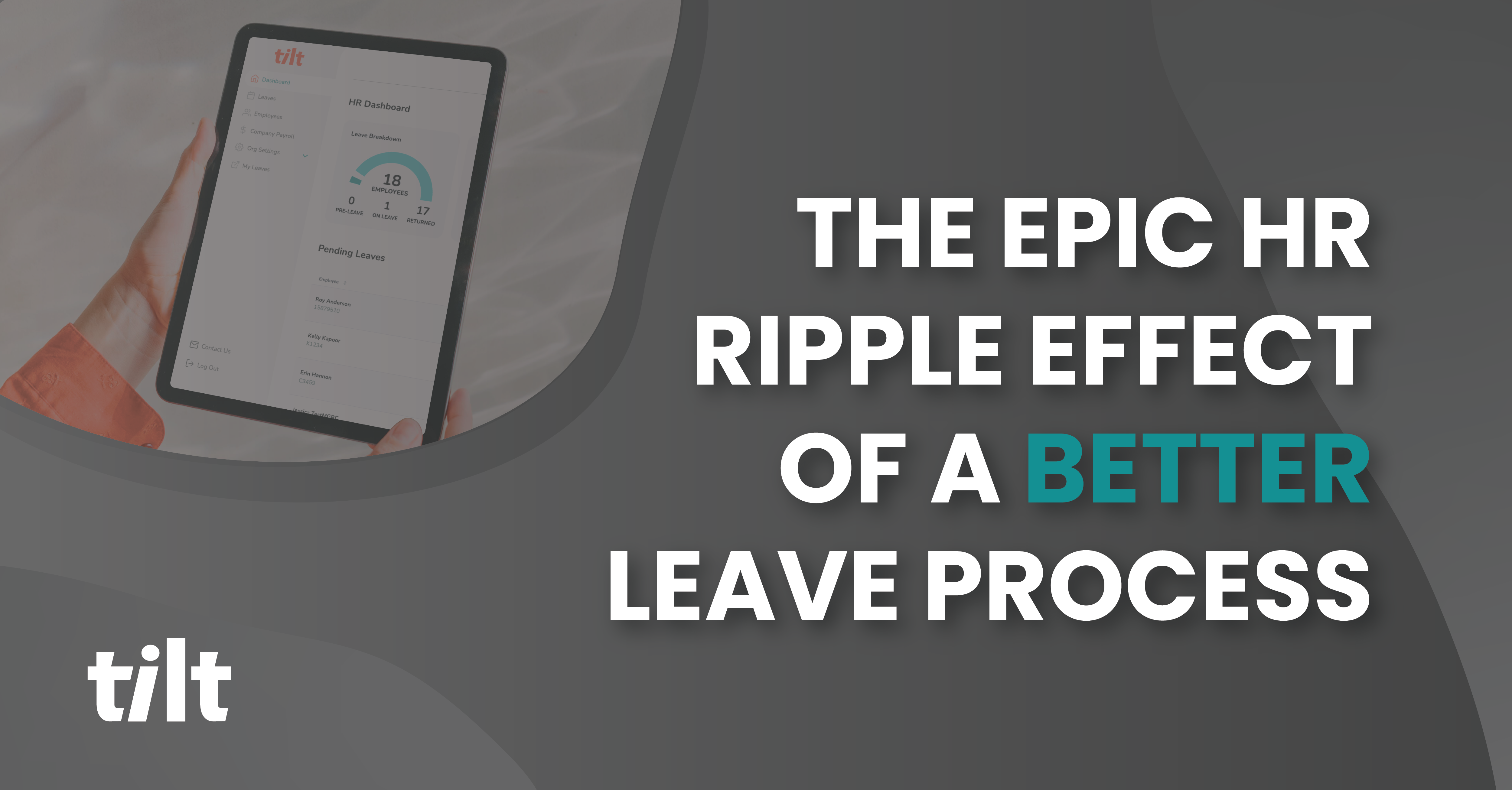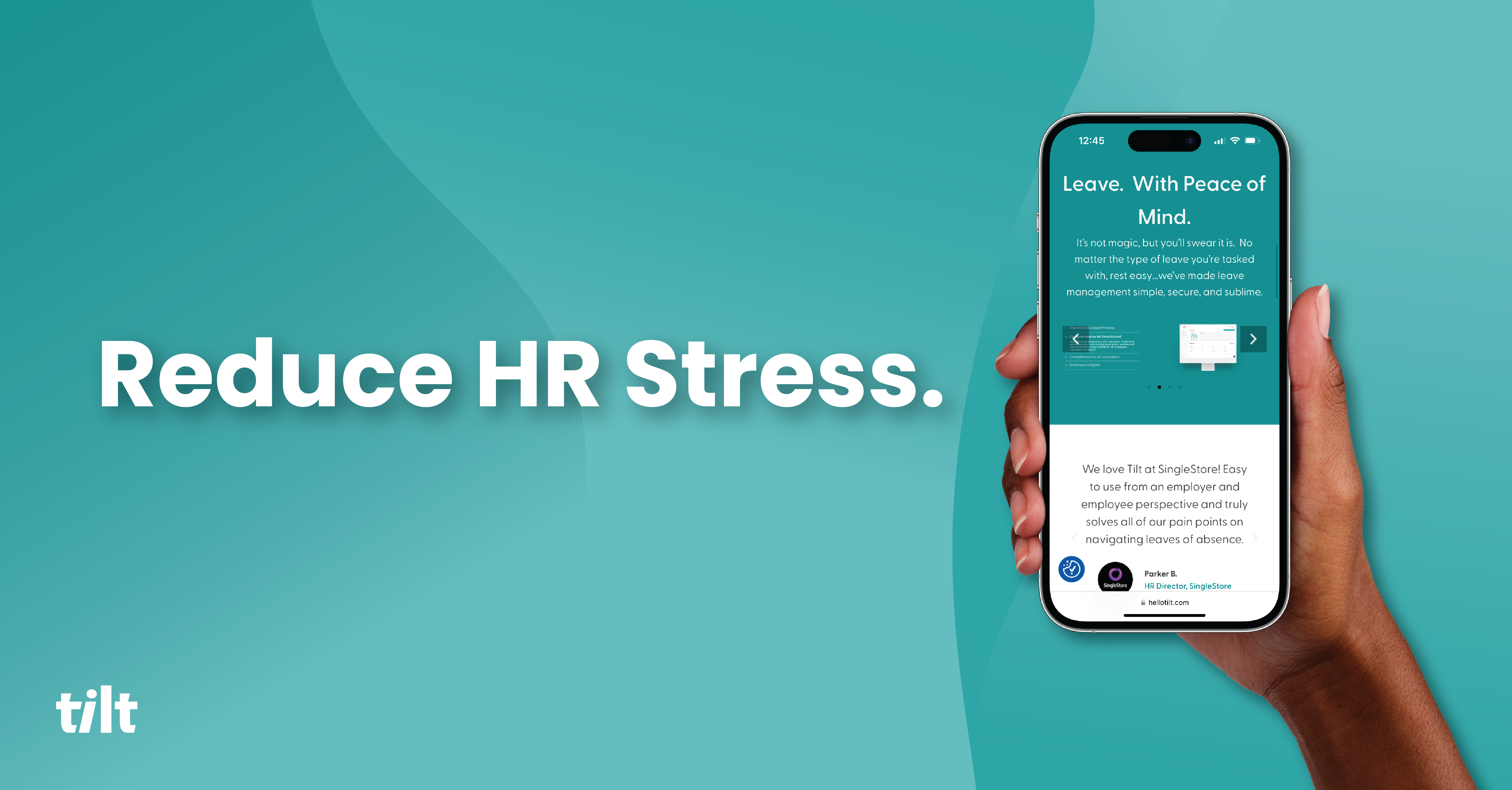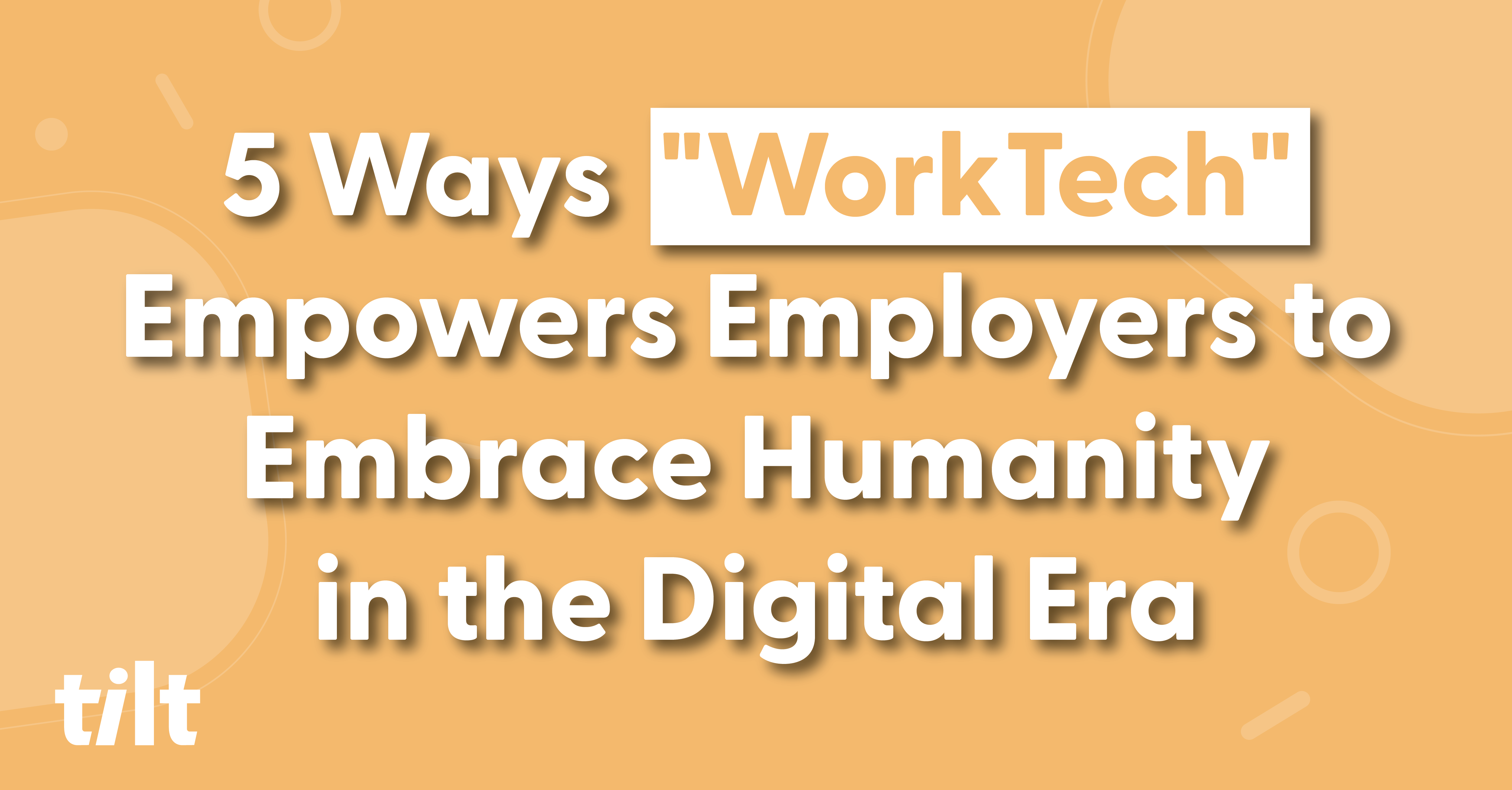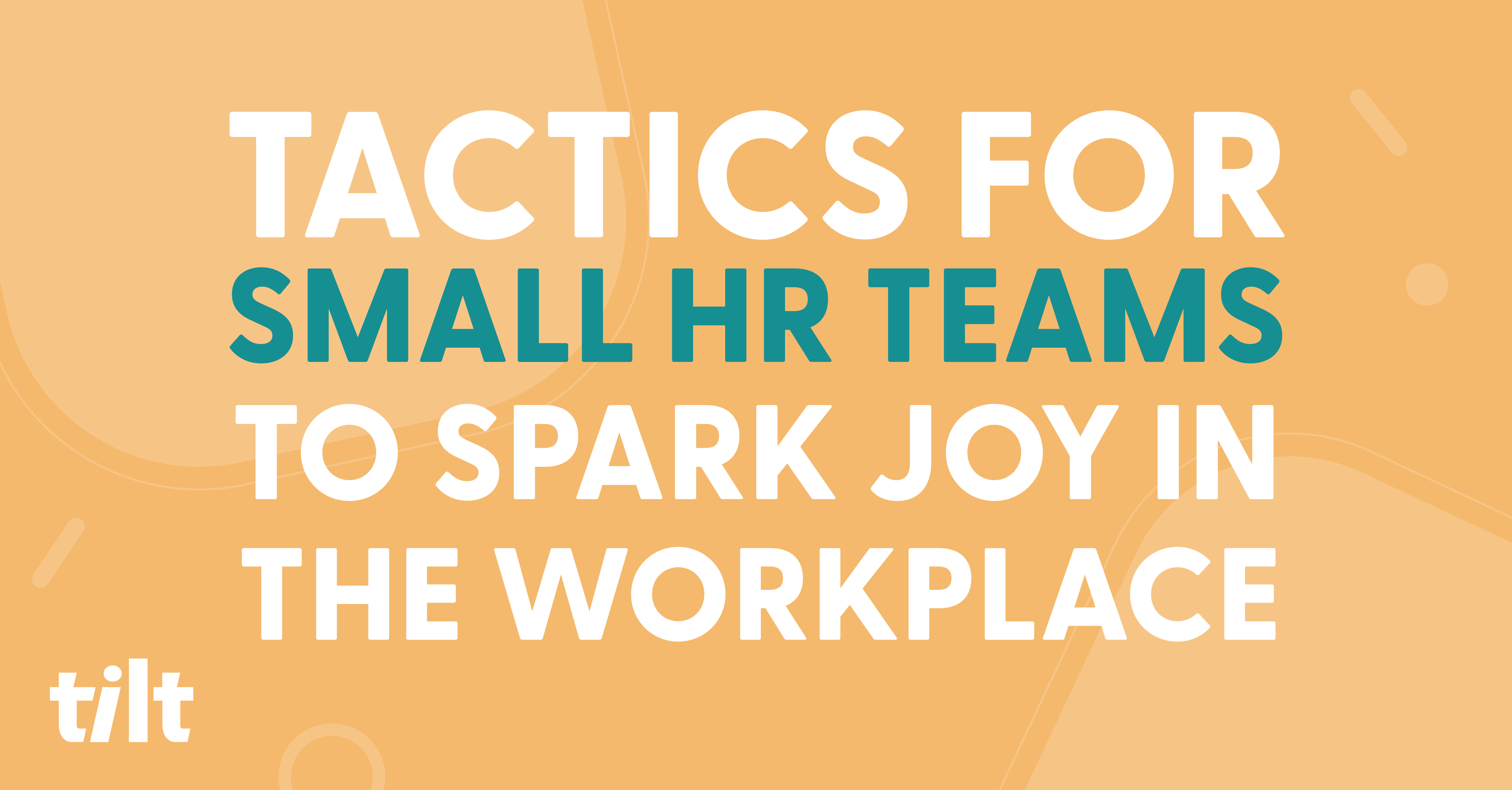Have you heard about this up-and-coming little trend called “remote working?” Apparently, there have been advancements in technology, an increased emphasis on work-life balance, and a global pandemic that have contributed to the widespread adoption of remote working for organizations across the globe.
If you’re thinking, “Huh, this ‘remote work’ thing seems like a natural progression of the work ecosystem that we probably should have implemented as a society a long time ago and is most definitely here to stay,” well yeah…you’re absolutely right.
While studies show that remote work has grown 159% in the last dozen years and employees feel more productive than ever, remote work doesn’t come without its challenges for organizations. Leave of absence management, in particular, faces a unique set of challenges in the remote work world, so let’s talk about them.
Out of Sight and Top of Mind
Oftentimes the most obvious sets of circumstances are the ones we don’t think about or factor into our decision making. In this case, the most obvious impact remote working has on the way organizations are run is that employees are no longer together in the office.
Continuing down this path of stating the obvious (with reason, we promise), historically when an employee would take a leave of absence and everyone was in the office, there was a clear delineation for the employee, but more importantly the manager, between that employee being at work and that employee tending to their life outside of work.
That delineation dissolves however in a remote work environment where managers no longer physically see their direct reports on a daily basis. The lack of physical proximity can have a major impact on an employee’s leave of absence experience because for the manager nothing has changed on the surface. They didn’t see their direct report while they were working and they aren’t seeing them now.
The impact we see occurring in the workplace is that your organization can be in major hot water if managers don’t treat the leave the exact same way they would if their employees were in the office. The distinction is even more important for intermittent leaves where managers of remote workers can really struggle to understand if their employee is on leave or back to work. This situation is ripe with the possibility of sending a poorly timed email requesting their employee do work when they have no business to do so.
When managers fail to treat a leave of absence with the same level of seriousness for a remote worker it opens up your organization to legal risk and can leave a sour taste in your employees’ mouths. It might even have them looking elsewhere for employment.
Educating managers on how to manage their remote employees who are taking a leave is vital to staying compliant and minimizing the risk of turnover stemming from an LOA blunder.
Leave Laws Coast to Coast
There really is nothing like winding down for the evening by putting on some jazz, pouring a hot cup of tea, and frantically trying to Google what the heck to do with the two employees on leave who just moved from your HQ in Texas to New York and another who will be moving from a satellite office in California to a cabin in the Colorado Rockies.
Staying on top of the latest leave laws across the country is a daunting task even for robust People teams. For a majority of recent history, organizations that were large enough to have a presence in multiple states tended to have more resources to manage leaves, and even then, those states tended to be fixed more or less.
If an organization was going to move to a new state there would be plenty of lead time to brush up on leave laws in that state. Now, an employee at a company of 30 could move to a state where HR doesn’t have the depth of knowledge surrounding that state’s policies and programs. We’ve yet to encounter an HR professional who reads up on each state’s leave laws just for fun (and if you’re reading this and happen to be one, bless you).
It would be unreasonable to expect lean People Teams to stay on top of the latest laws in every state on top of everything that they already are charged to do. State-by-state leave law reports can be a huge help in keeping up to date, but even still, the more your remote employees have the freedom to move around the country the more vulnerable you are to risk.
Deep Impact
While remote work isn’t every employee’s preference, there’s no denying that at the very least the option for working remotely is here to stay for most organizations, and will likely continue its overwhelmingly upward trajectory across more and more industries.
The impact of working remotely has been lauded as a win for many employees yearning for improved work-life balance, and companies are realizing the approach with which they manage leave of absences must adapt along with it.
Staying compliant has always been a challenge when it comes to managing a leave, but with focus and support on manager education and advocating for resources or funding to stay on top of the latest laws, you can help ensure that the impact remote work has on your organization and your people remains a positive one.
About Tilt
Tilt is leading the charge in all things leave of absence management through easy-to-use tech and human touch. Since 2017, our proprietary platform and Empathy Warriors have been helping customers make leave not suck by eliminating administrative burdens, keeping companies compliant, and providing a truly positive and supportive leave of absence experience for their people. Follow us at hellotilt.com and on social media.

